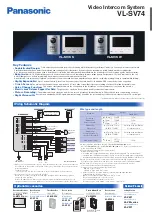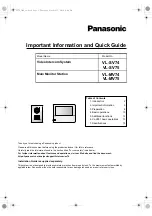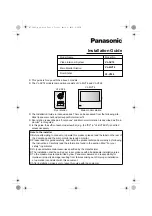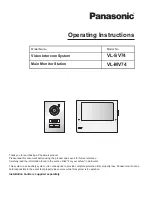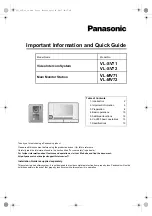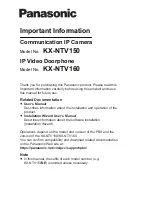
APCI-3xxx (standard)
Appendix
67
10
APPENDIX
10.1
Glossary
Table 10-1: Glossary
Term
Description
A/D converter
=
ADC
An electronic device that produces a digital output directly
proportional to an analog signal output.
Acquisition
The process by which data is gathered by the computer for
analysis or storage.
Analog
Continuous real time phenomena
Auto refresh mode
The analog acquisition is initialized and writes the values of
the channels into a storage location on the board. The PC
reads the data asynchronous to the acquisition.
Clock
A circuit that generates time and clock pulses for the
synchronisation of the conversion
D/A converter
=
DAC
A device that converts digital information into a
corresponding analog voltage or current.
Data acquisition
Gathering information from sources such as sensors and
transducers in an accurate, timely and organized manner.
Modern systems convert this information to digital data
which can be stored and processed by a computer.
DC voltage
= Direct current voltage
DC voltage means that the voltage is constant respecting the
time. It will always fluctuate slightly. Especially at
switching on and switching off the transition behaviour is of
high significance.
Differential inputs
(DIFF)
An analog input with two input terminals, neither of which
is grounded, whose value is the difference between the two
terminals.
Disturb signal
Interferences that occur during the transfer caused by
reduced bandwidth, attenuation, gain, noise, delay time etc.
Driver
A part of the software that is used to control a specific
hardware device such as a data acquisition board or a
printer.
Edge
Logic levels are defined in order to process or show
information. In binary circuits voltages are used for digital
units. Only two voltage ranges represent information. These
ranges are defined with H (High) and L (Low). H represents
the range that is closer to Plus infinite; the H level is the
digital 1. L represents the range that is closer to Minus
infinite; the L level is the digital 0. The rising edge is the
transition from the 0-state to the 1-state and the falling edge
is the transition from the 1-state to the 0-state.
FIFO
=
First In First Out
The first data into the buffer is the first data out of the
buffer.





















